In 1992, Larry Prusak and I were working for Ernst & Young exploring the links between information technology and strategy. We thought it would be a good idea to organize what we knew and turn it into a book. We put together a short proposal, pitched the idea to the powers that be, and landed a contract with John Wiley & Sons to deliver a manuscript. Being a diligent project manager, I sat down to plan the effort. We had worked out a chapter outline, so I started with that classic planning strategy of working backwards from the deliverable.
I wish I could lay my hands on that outline and the plan I wrote from it. We reorganized the book from top to bottom multiple times between that first outline and the final manuscript we delivered. My first reaction was to blame myself for being a much worse project manager than I claimed. My second reaction was to focus on the estimating error of not factoring in the multiple revisions and rewrites that happened with each chapter.
It took a long time to recognize the deeper lesson hiding in plain sight. Successfully working backwards from a target deliverable depends on how clear a picture you have of that deliverable. There are always pressures trying to convince you that your picture is sharper than it is.
The temptation whenever you start a new consulting project is to generate the outline of the final report as part of your proposal efforts. That, however, applies an industrial, mass-production, mindset to a process that ought to be about addressing the unique problems and situations of this client in this moment. On the other hand, clients come to you because you have a reputation for solving problems similar to the problem they believe they have .They are paying for your expertise.
How do you draw on the work you have delivered in the past, without succumbing to the temptation to phone it in? How do you fold in knowledge of prior deliverables without blinding yourself to this problem’s new, and possibly unique, questions? Rely on prior deliverables too heavily and all you do is create variations on a theme. Ignore the lessons contained in prior work and you are no more valuable than any random smart person.
Assuming you bring a threshold level of professionalism to the task, what else can you do to avoid being led astray by old answers when you are facing a new problem? One thing is to distinguish between how far you can see and how clearly. Working backwards is a useful strategy, but that doesn’t mean you are in a position to work backwards from the finish line. Thinking through deliverables is only one tool in your kit.
Some pointers to prior thoughts on deliverables
I’ve written about deliverables multiple times on this blog. Here are a few of the more immediately relevant entries.
– Knowledge work improvement – black box, white box, and deliverables
– Deliverables – the fundamental secret to improving knowledge work
– How better thinking about deliverables leads to better knowledge work results
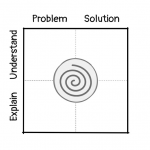 I often find that I give myself pretty good advice as long as I remember to revisit what that advice was.
I often find that I give myself pretty good advice as long as I remember to revisit what that advice was.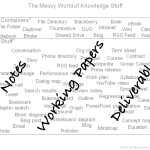 Back when I was a Chief Knowledge Officer, I struggled with the problems of how to better tap the collective knowledge and experience of an organization filled with extraordinarily smart people. There were the technical problems of what to collect and how to organize it. There were the organizational change problems of how to persuade those same smart people that sharing their expertise my way was in their best interest.
Back when I was a Chief Knowledge Officer, I struggled with the problems of how to better tap the collective knowledge and experience of an organization filled with extraordinarily smart people. There were the technical problems of what to collect and how to organize it. There were the organizational change problems of how to persuade those same smart people that sharing their expertise my way was in their best interest.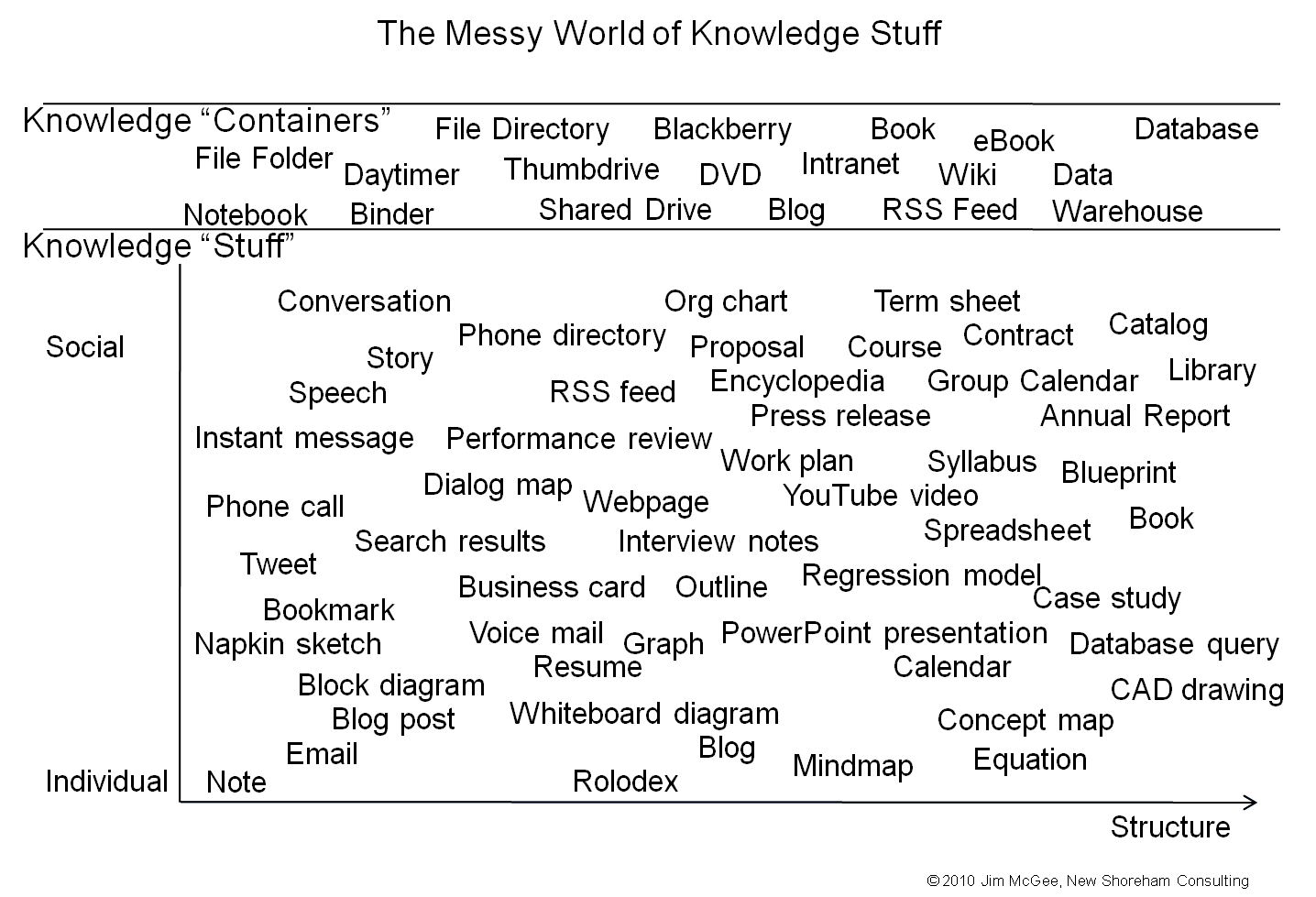
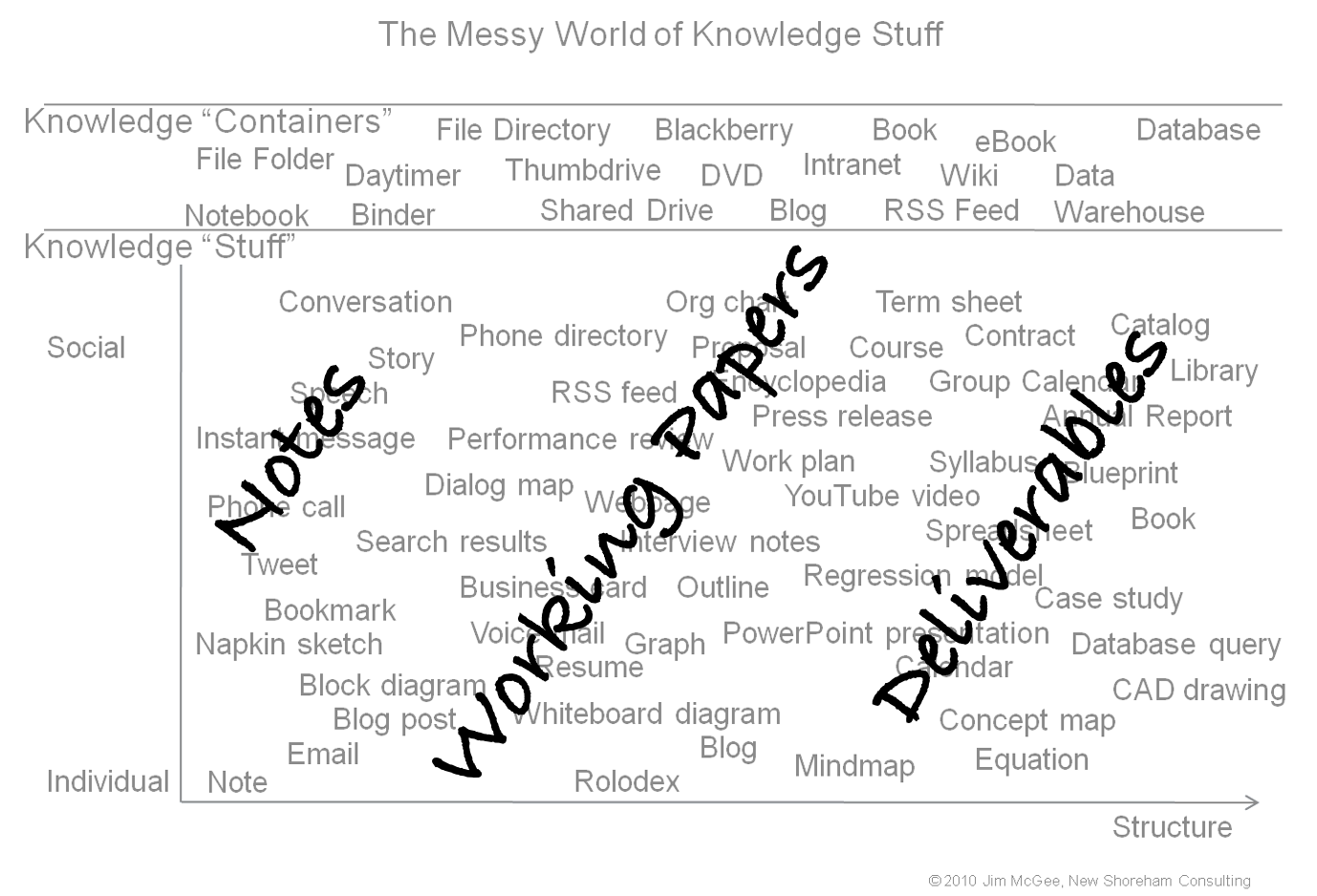
 Early in my education as a computer programmer I encountered Niklaus Wirth’s seminal Algorithms + Data Structures = Programs. The fundamental insight was that algorithms and data structures have to be fashioned in concert; a good choice of data structure can simplify an algorithm, a clever algorithm might allow a simple data structure.
Early in my education as a computer programmer I encountered Niklaus Wirth’s seminal Algorithms + Data Structures = Programs. The fundamental insight was that algorithms and data structures have to be fashioned in concert; a good choice of data structure can simplify an algorithm, a clever algorithm might allow a simple data structure. Working from home is revealing how much of our daily work is kept in check by guardrails we don’t see or think about. We’re struggling to explicitly handle and deal with stuff that the environment handled for us invisibly. I’ve written elsewhere about the value of
Working from home is revealing how much of our daily work is kept in check by guardrails we don’t see or think about. We’re struggling to explicitly handle and deal with stuff that the environment handled for us invisibly. I’ve written elsewhere about the value of 
 I suspect my early experiences with organizations were similar to most. Most of what we encountered was pretty simple to see and understand. We were students in a classroom, there was a teacher in the front of the room and a principal down the hall. Add a librarian, a school nurse, and the cafeteria ladies and you pretty much had it all.
I suspect my early experiences with organizations were similar to most. Most of what we encountered was pretty simple to see and understand. We were students in a classroom, there was a teacher in the front of the room and a principal down the hall. Add a librarian, a school nurse, and the cafeteria ladies and you pretty much had it all.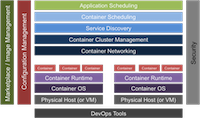 Last time out we talked about the
Last time out we talked about the 